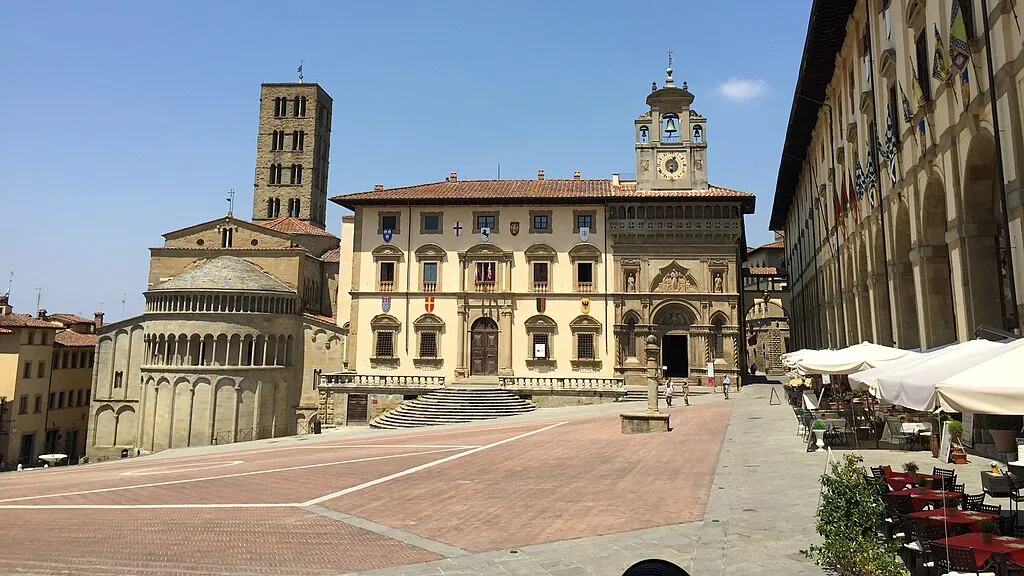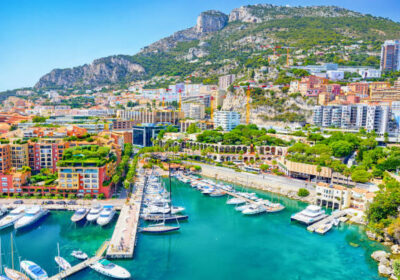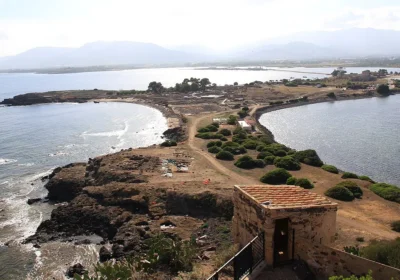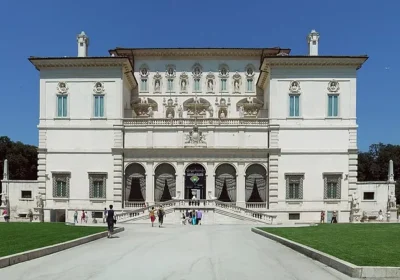Arezzo city tour.
The tour is conducted by car. The tour is usually organised in conjunction with other Tuscan cities
Arezzo is located on a hilly plain at the headwaters of the Arno River. Arezzo is one of the oldest cities in the country. It is one of the largest and most important settlements of the Etruscans, which did not lose its importance under the Romans, the birthplace of Petrarch and the workshop of Vasari, a city of poets and a place where art has always flourished. Arezzo is located 80 kilometres from Florence.
Arezzo is one of the oldest towns in Tuscany. The first settlement here was founded by the Etruscans in the 6th century B.C. Arezzo enjoyed considerable prosperity during the Etruscan period until it was conquered by the Romans in 301 BC. In 1384, Arezzo became part of Tuscany. Despite its extensive rights, the city’s importance began to steadily decline. However, during the Renaissance, famous scholars, artists and architects remained here to work.
On the tour you will see:
Piazza Grande (Great Square) – the heart of Arezzo, a beautiful medieval square surrounded by historic buildings. The north side is occupied by a palace by Vasari, the Palazzo delle Logge, with an elegant colonnade. The bell tower was added by Giorgio Vasari in the 16th century. It houses one of the oldest Italian working clocks.
Pieve di Santa Maria is the oldest surviving church in the city and the most important Romanesque building. The modern church was built in the 13th century on the site of an older but ruined building.
The cathedral is the Duomo with a seven-century history. The cathedral houses the tomb of the 14th Pope Gregory X. On the high altar is the late Gothic tomb and relics of St Donatus, Bishop of Arezzo, who was martyred under Diocletian.The old sacristy contains priceless paintings, an 11th century Romanesque cross and a 15th century Flemish sail
San Domenico is one of Arezzo’s most impressive churches, built in the 13th century. Inside are beautiful 15th-century frescoes, a 14th-century Gothic tabernacle by Giovanni di Francesco and the 13th-century Simabue crucifixion.
San Francesco is a medieval church founded in the 13th century. The church is known for its famous frescoes, which are among the most expressive works in all of Italian painting.
The Vasari House is the famous architect’s home with a series of beautiful frescoes. The archive contains letters from Michelangelo and Pope Pius V.
Palazzo Pretorio is a beautiful historical building with many coats of arms and bas-reliefs on the facade. The building was built in 1322 and rebuilt in the 17th century. From 1404 to 1926 the palazzo served as a prison.

















